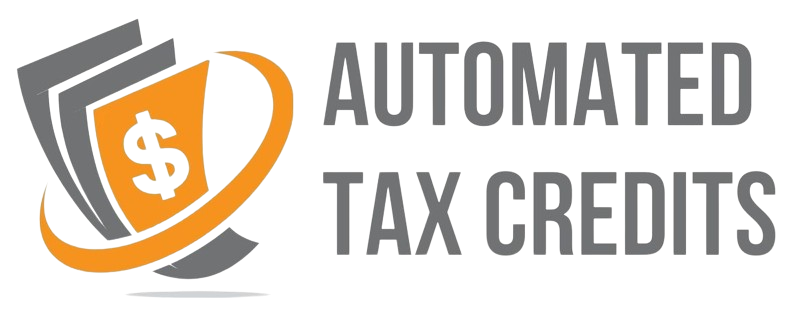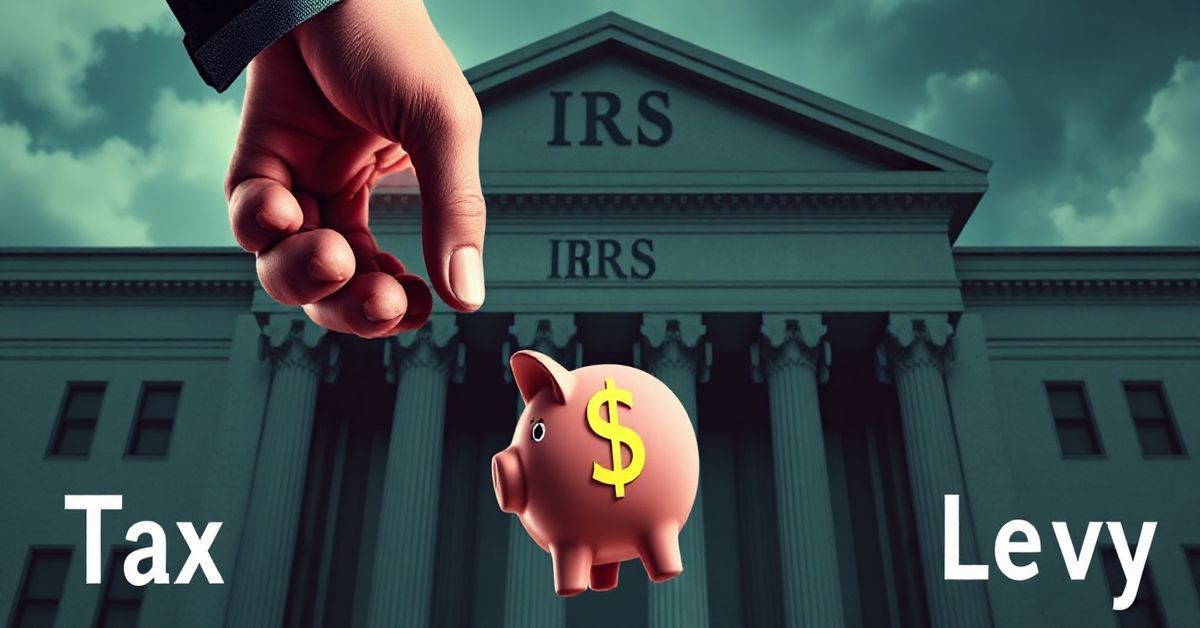What is a Tax Levy?
A tax levy, in simple terms, is the IRS’s way of saying, “Okay, we’ve tried to get you to pay your taxes, and now we’re going to take what you owe directly from your assets.” It’s a pretty serious step, and not something they do lightly. Think of it as the IRS’s last-resort collection method, after other attempts like notices, phone calls, and payment plans fail. It’s a legal process that gives the IRS the authority to take your property to settle your tax debt.
Why Does the IRS Use Levies?
The IRS uses levies to collect unpaid taxes. It’s not their favorite tool because it can be difficult for both the taxpayer and them, but they do it when they have no other choice.
Understanding the Tax Collection Process
Before the IRS issues a levy, they’ll take several steps:
- Initial Notice: First, they’ll send you a notice that you owe taxes. It’s not a request, it’s an official bill.
- Demand for Payment: If you don’t pay by the deadline, they’ll send additional notices, usually including penalties and interest, demanding payment.
- Final Notice of Intent to Levy: This is a critical notice that signals you’re at the end of the line. It informs you that the IRS intends to levy your property if you don’t pay or arrange a payment solution. You usually have 30 days after this notice to respond.
- The Levy: If you don’t act on the final notice, the IRS can proceed with the levy.
The IRS is required to give you these notifications before they levy your property. So, you will know there are problems before this happens.
What Can the IRS Levy?
The IRS can levy various types of property, including:
- Wages: They can take a portion of your paycheck directly from your employer. This is called a wage levy. They will notify your employer of the levy. The levy will continue until your taxes are paid, or the levy is released.
- Bank Accounts: The IRS can seize funds in your checking, savings, and other bank accounts. They can do this for all banks, even if you don’t know it.
- Retirement Accounts: While not as common, the IRS can also levy certain retirement funds such as pensions, if they’re not legally protected.
- Personal Property: This includes things like cars, boats, and other valuable assets you own.
- Other Income: Any other income you have can be levied, like rent income from a property you own.
It’s important to note that not all of your income and assets are subject to levy. There are limits to how much the IRS can take to ensure that you can still meet your basic living expenses. Some state-specific laws may provide additional protections.
How a Wage Levy Works
Wage levies are one of the most common types of levies and can be disruptive to your cash flow. Here’s how they work:
- IRS Notification: The IRS sends a notice to your employer telling them that they must take part of your wages and send it to the IRS.
- Employer Compliance: Your employer is legally obligated to comply with the levy. They’ll begin withholding a portion of your pay each pay period.
- Paycheck Reduction: This means your take-home pay will be significantly reduced until the tax debt is satisfied.
- Continuing Levy: A wage levy continues until the tax debt (including penalties and interest) is paid, the levy is released, or other payment arrangements are made.
It is important to notify the IRS if you change employers while you have a wage levy. You may be able to work out a payment plan that releases the wage levy once you notify them.
How a Bank Account Levy Works
Bank account levies are another common way the IRS can collect tax debts:
- IRS Notification: The IRS notifies your bank that they intend to seize the funds in your account.
- Account Freeze: The bank typically freezes the account, preventing you from accessing your funds.
- Funds Seized: After a period, usually 21 days, the bank will send the money to the IRS to satisfy the debt (up to the amount you owe).
If the bank account has no money, you’re probably safe, but the levy notice stays in effect, so any future deposits would also be levied until the debt is resolved.
What Happens if You Don’t Respond to a Levy Notice?
Ignoring a levy notice is a bad idea. Here’s what can happen:
- Loss of Control: The IRS will take whatever they’re owed from your assets.
- Additional Fees and Penalties: The tax debt will continue to grow as long as you owe, as interest and penalties continue to accrue.
- More Aggressive Actions: The IRS might take other aggressive actions to collect the debt such as seizing personal property.
How to Avoid a Tax Levy
The best way to avoid a tax levy is to stay on top of your tax responsibilities. Here are some steps you can take:
- File on Time: File your tax return by the deadline each year, even if you can’t pay all of your taxes due right away.
- Pay What You Owe: Pay your taxes on time and in full to prevent further actions from the IRS. If you can’t pay, it’s time to explore your options.
- Contact the IRS: If you can’t pay your taxes on time, contact the IRS immediately to discuss payment options. It’s much easier to set up a plan early.
- Set up a Payment Plan: The IRS offers several payment options, including installment agreements and offers in compromise.
- Seek Professional Help: If you are struggling with your tax debt, consider seeking professional help from a qualified tax advisor. They can give you the best advice for your unique situation.
- Keep Up With Notices: Read and respond to IRS notices quickly to address issues immediately.
- Stay Current With Future Taxes: If you already have a payment plan with the IRS to pay off an old debt, make sure to stay current with your tax obligations for future years, or you could get hit with another levy.
Understanding Related Terms
It is important to distinguish between some related terms:
- Tax Lien: A tax lien is a legal claim against your property. It means the IRS has a legal claim to it, and you can’t sell it without satisfying the debt. A lien comes before a levy and is a public record.
- Wage Garnishment: A wage garnishment is similar to a wage levy, but it’s usually ordered by a court or another agency for debts other than taxes.
- Seizure: Seizure is another word for levy and refers to the act of the IRS taking your assets to satisfy a tax debt.
Common Mistakes and Misconceptions
Here are some common misconceptions about tax levies:
- Ignoring Notices: Many people mistakenly think they can ignore IRS notices. Ignoring them will lead to aggressive action, such as a levy.
- Thinking It’s a One-Time Event: People think that once they have had a levy, it won’t happen again. As long as you owe, a levy can happen again.
- Believing All Assets Are Safe: Many people think some of their assets are protected, but the IRS can levy many types of assets.
- Waiting Too Long: It’s best not to wait until it’s too late to act. If you get a notice of intent to levy, contact the IRS right away.
Final Thoughts
Tax levies are a serious consequence of not paying your taxes. However, with awareness and proactive steps, you can avoid them. Remember, the IRS isn’t looking to punish you, they’re just trying to collect what’s owed. Contact the IRS as soon as you know you have a tax problem and be prepared to be honest with them, as they will have the information.

